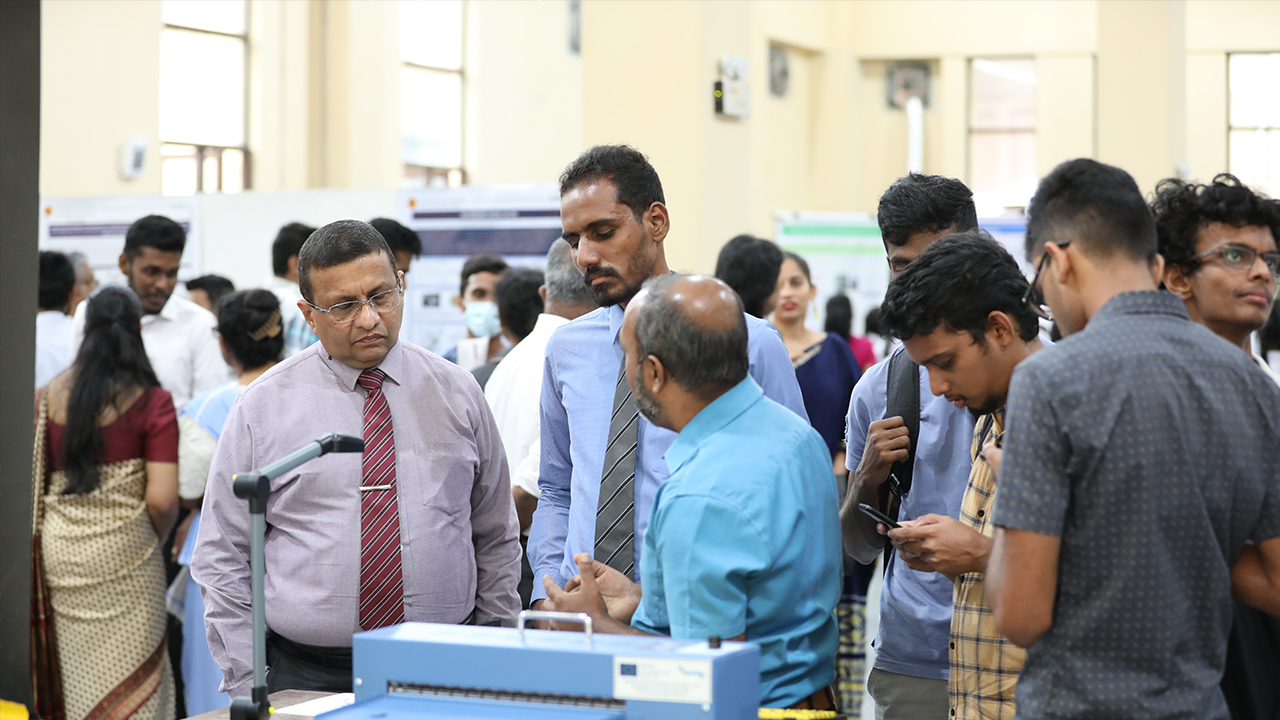
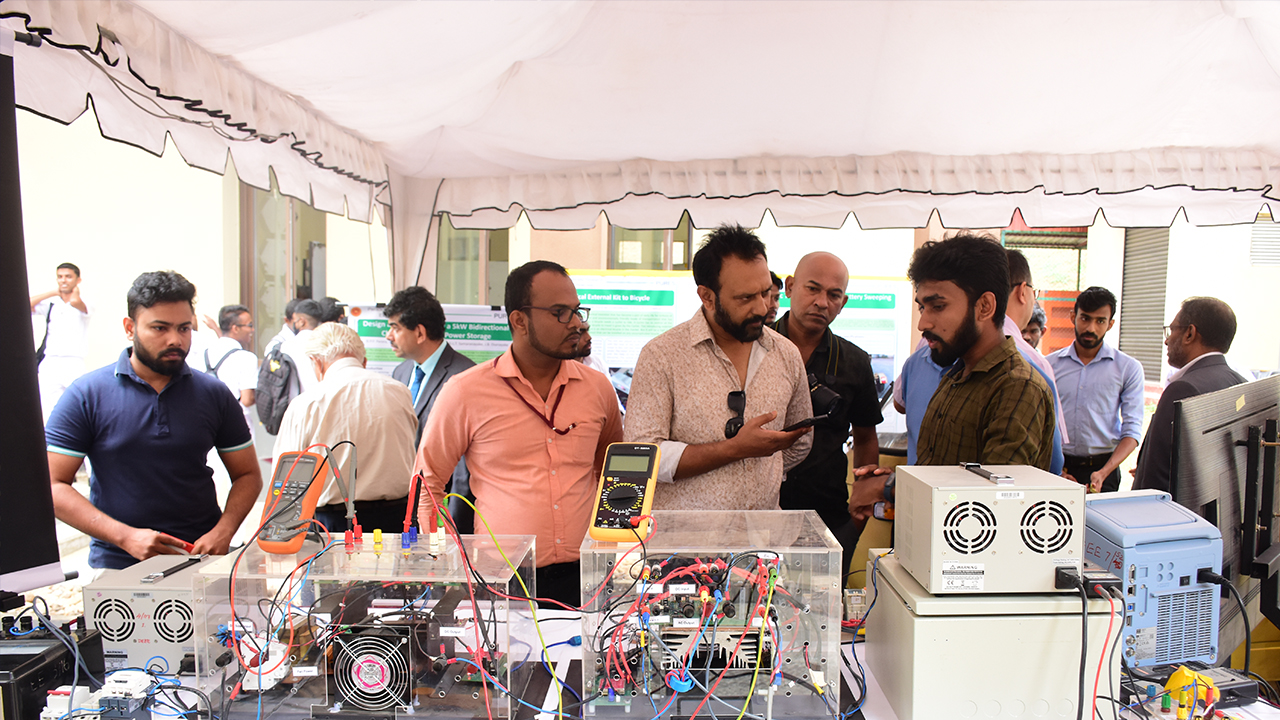
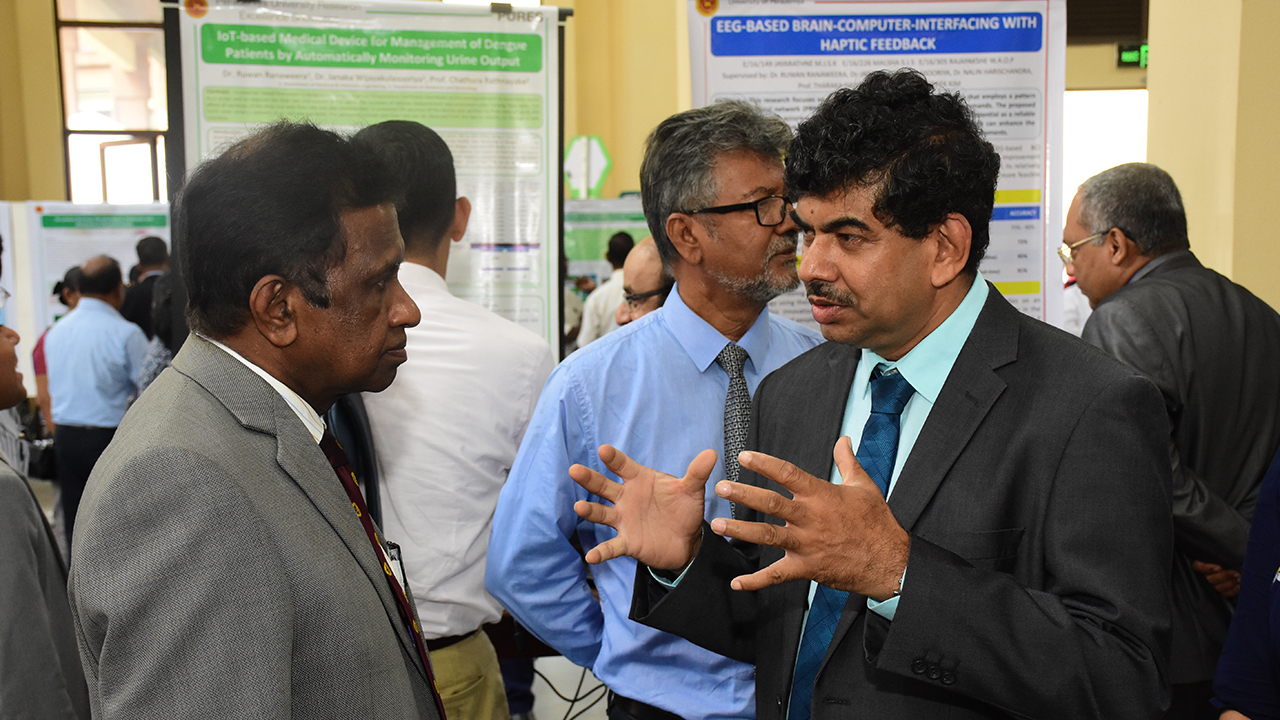
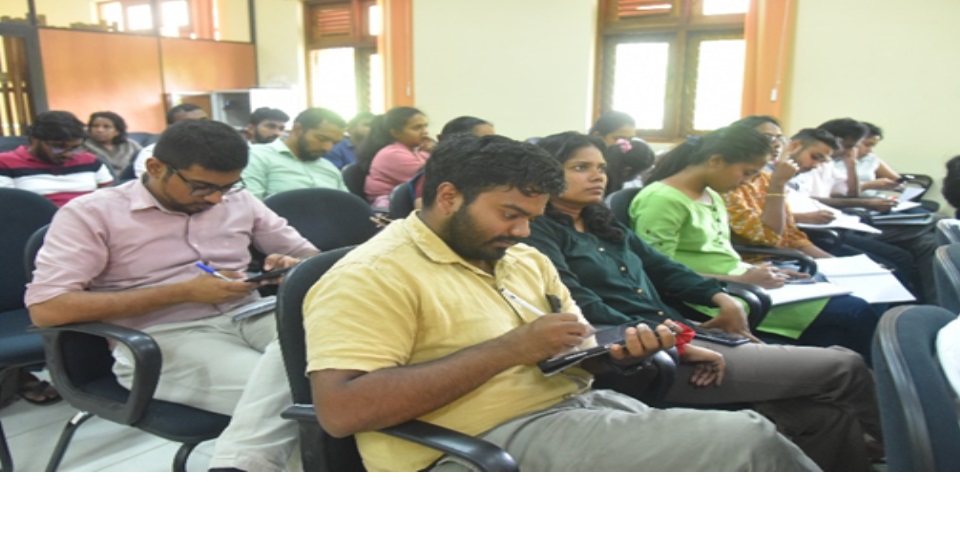
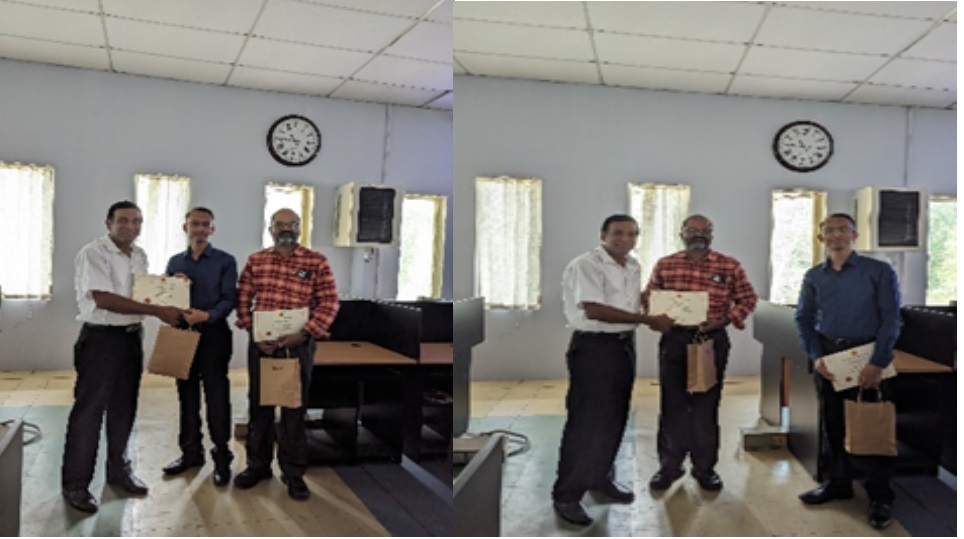
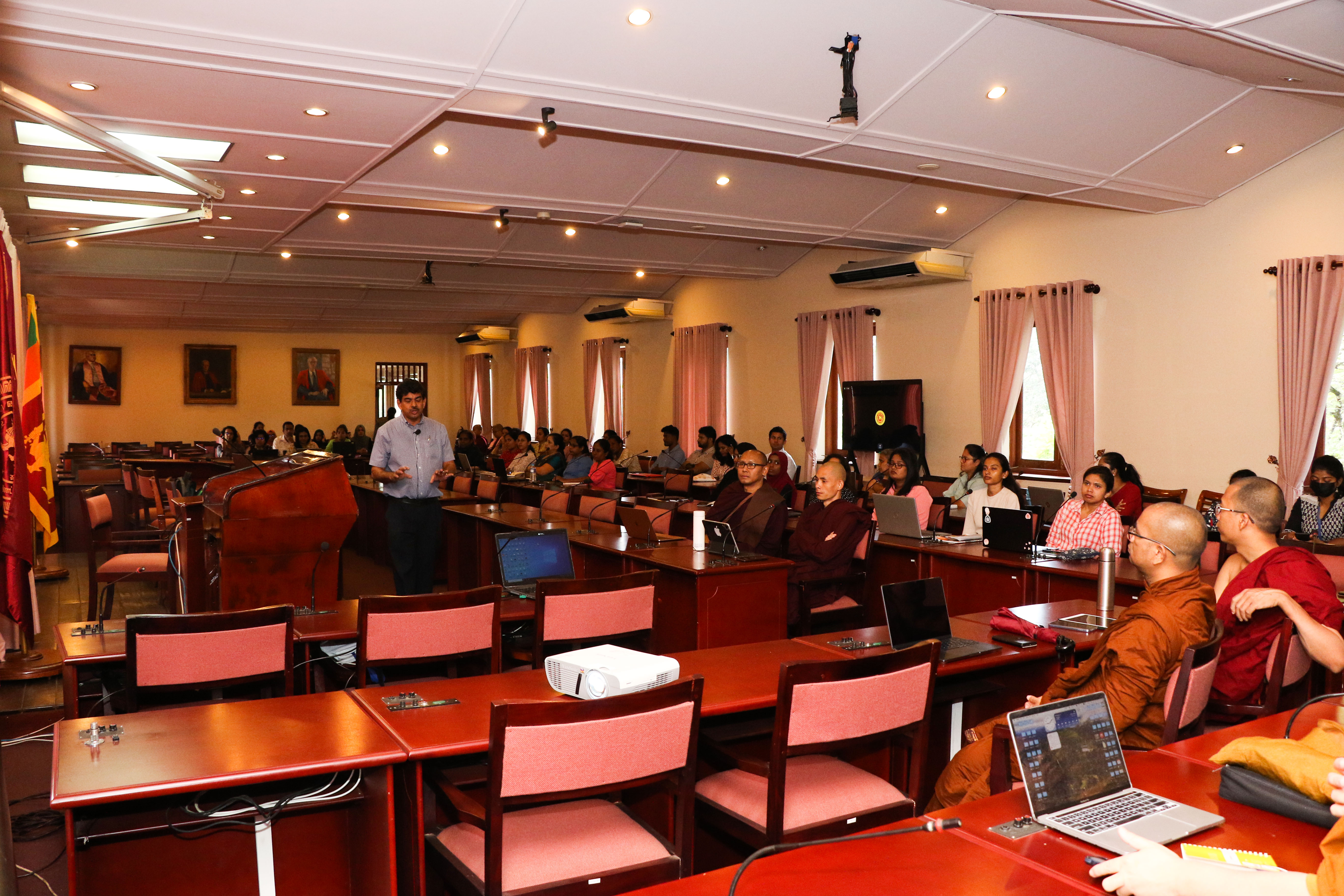
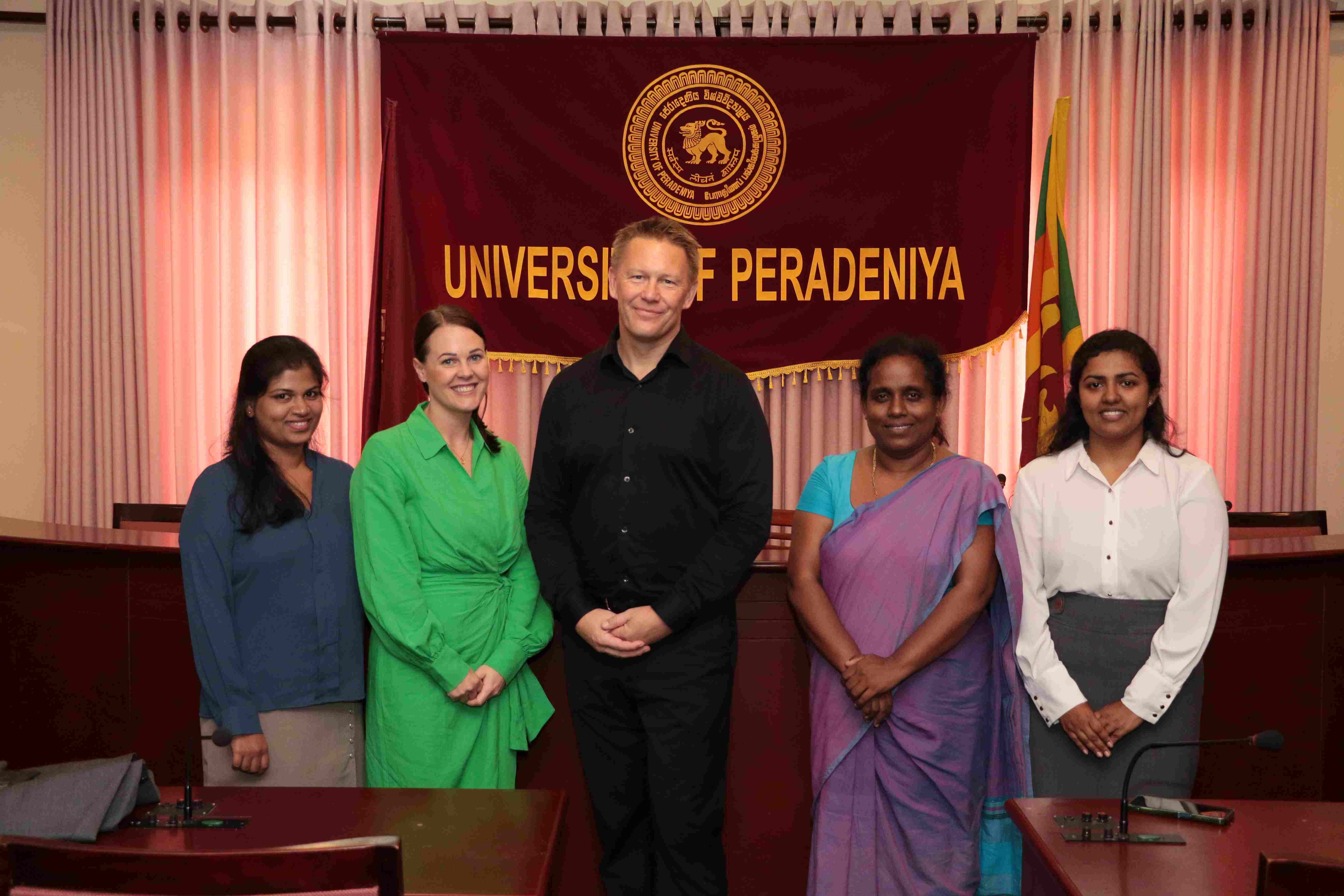
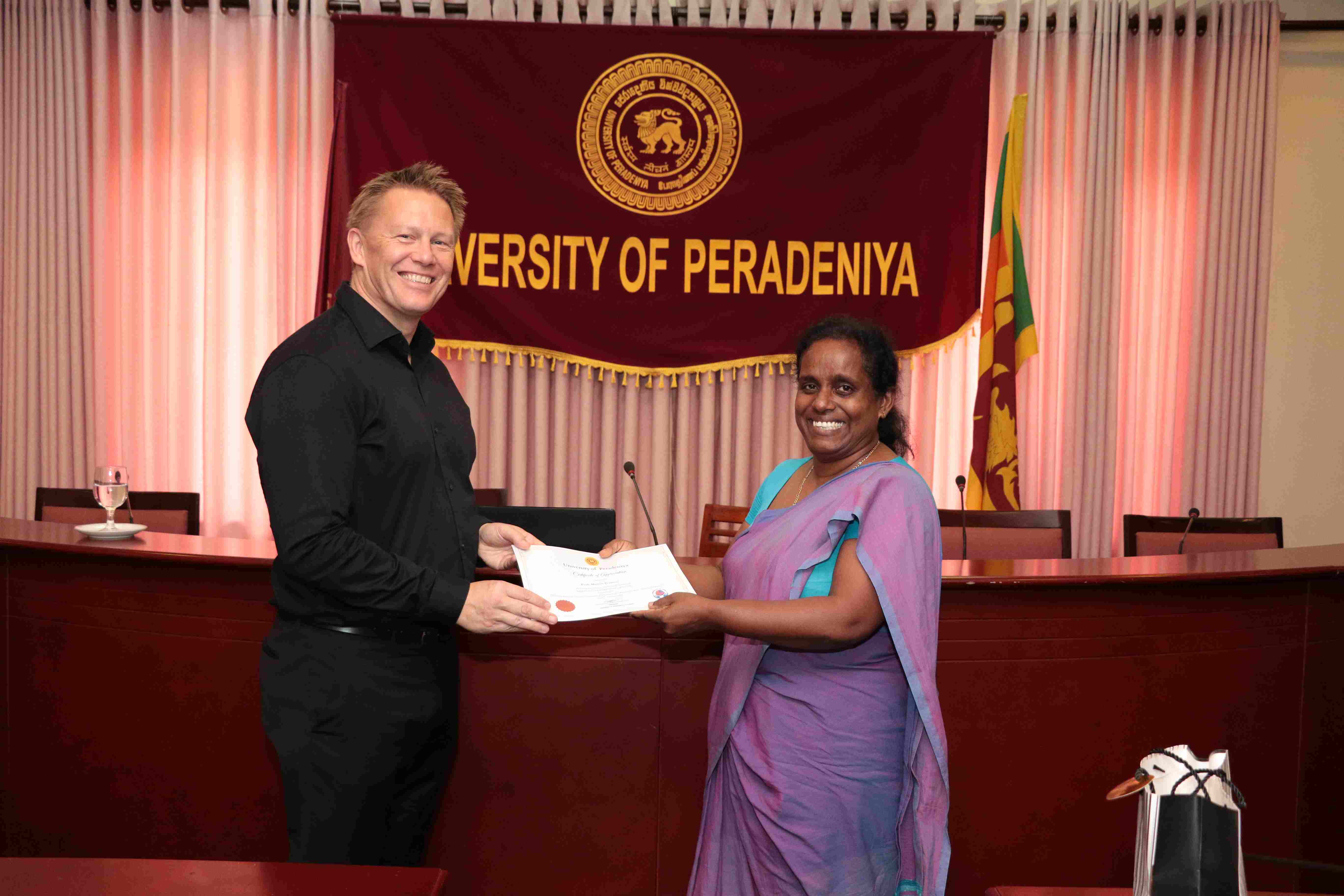
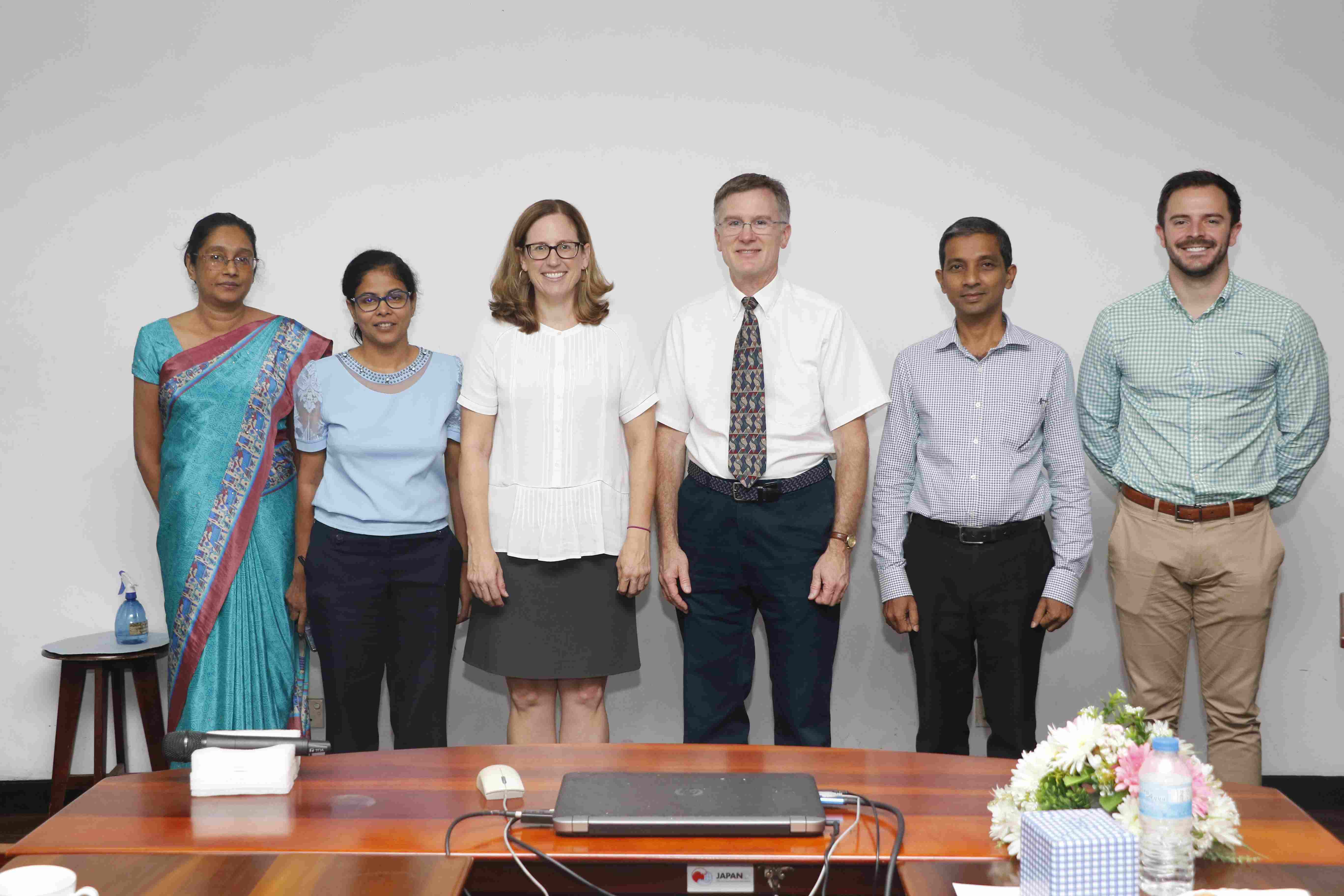
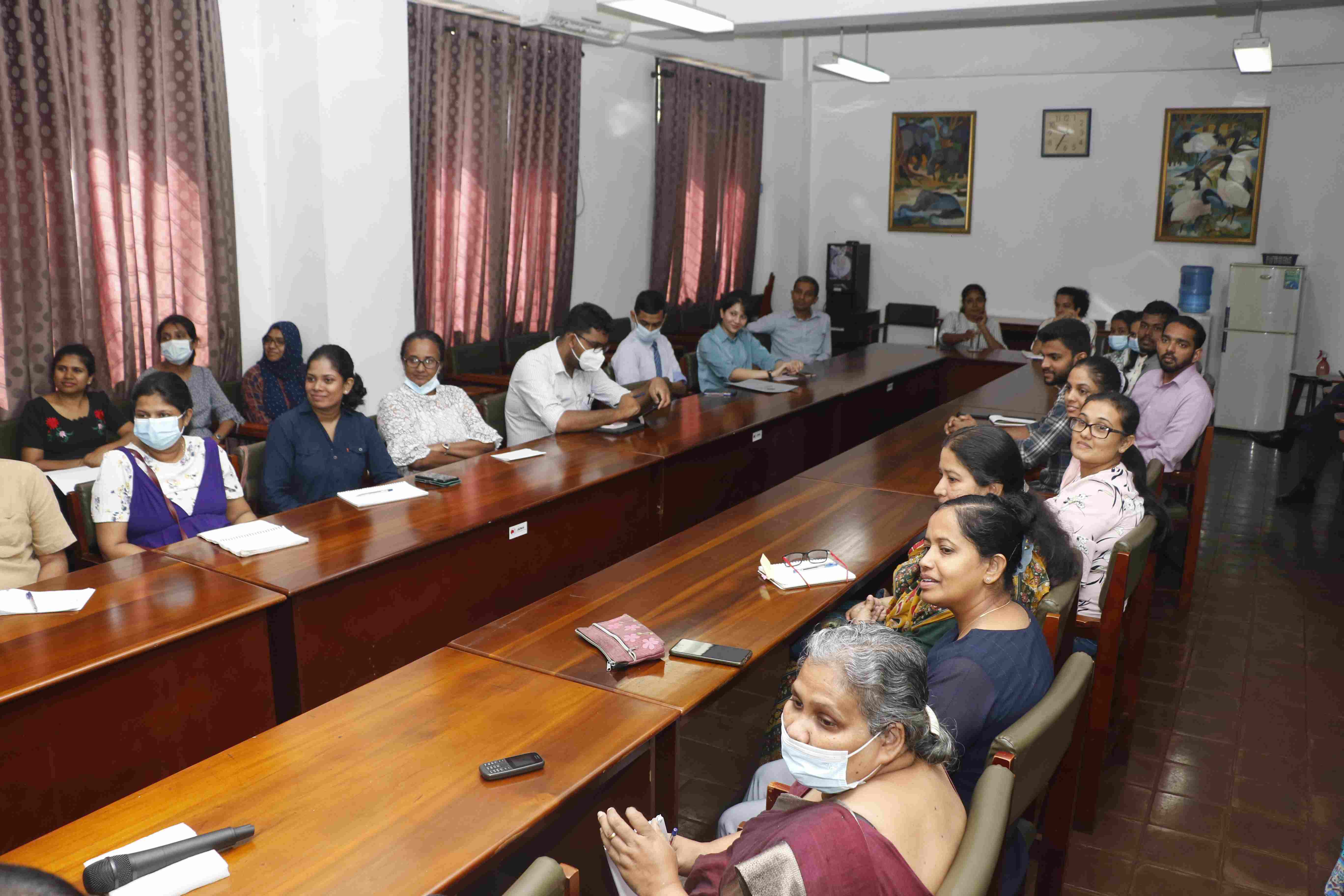

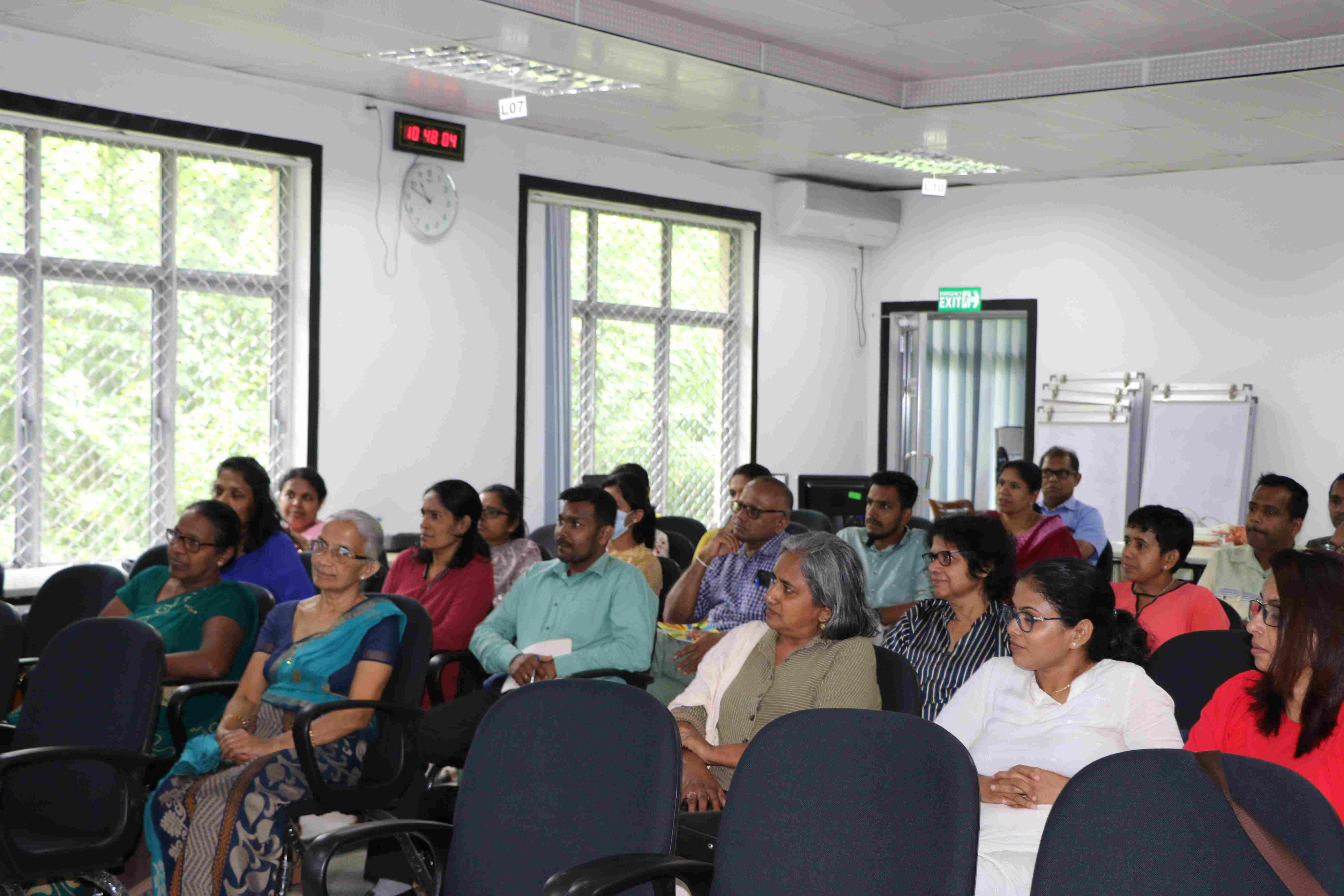
Date: 29th August 2023
Chief Guest: Senior Professor Sampath Amaratunge, Chairman, University Grant Commission
Guest of Honour: Prof. Lakshman Samaranayake, University of Hongkong
Date: 20th to 21st September 2023
Venue: Postgraduate Institute of Science

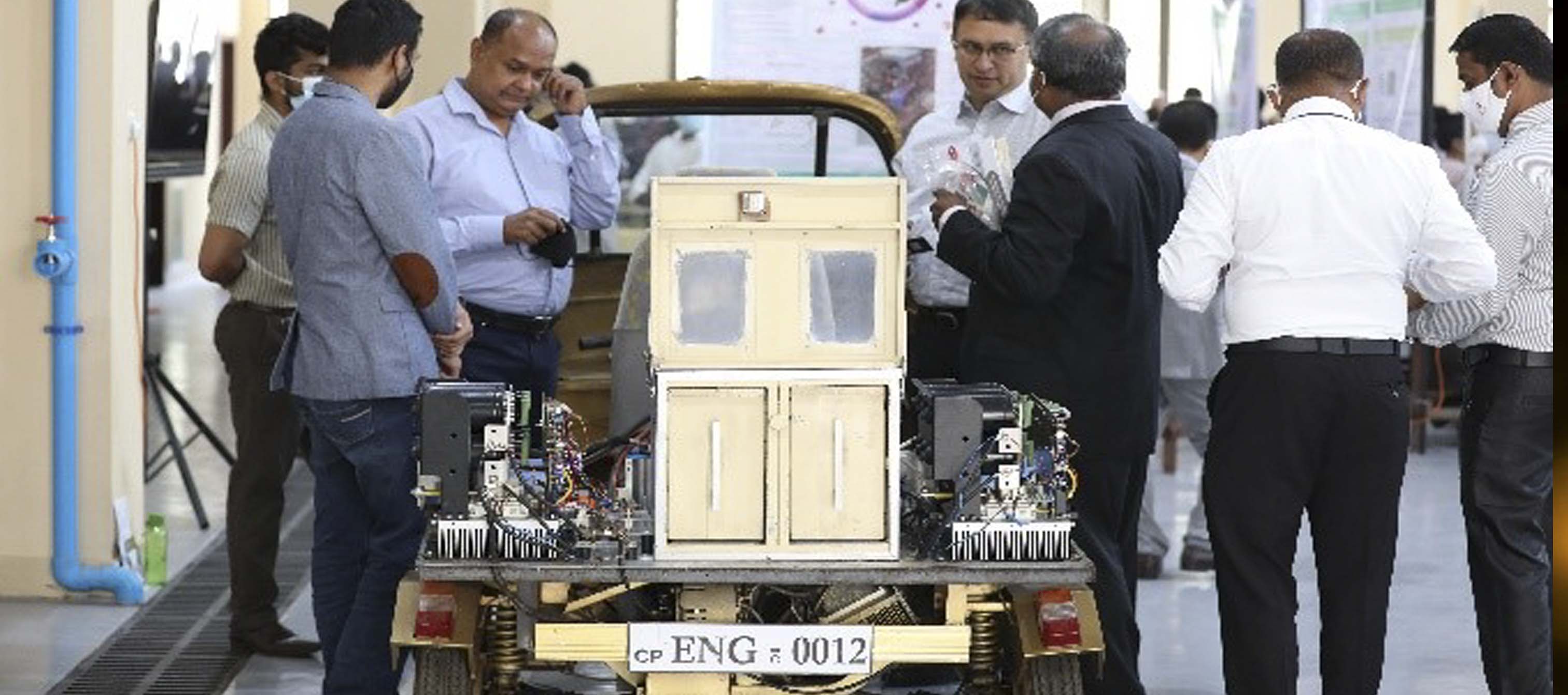
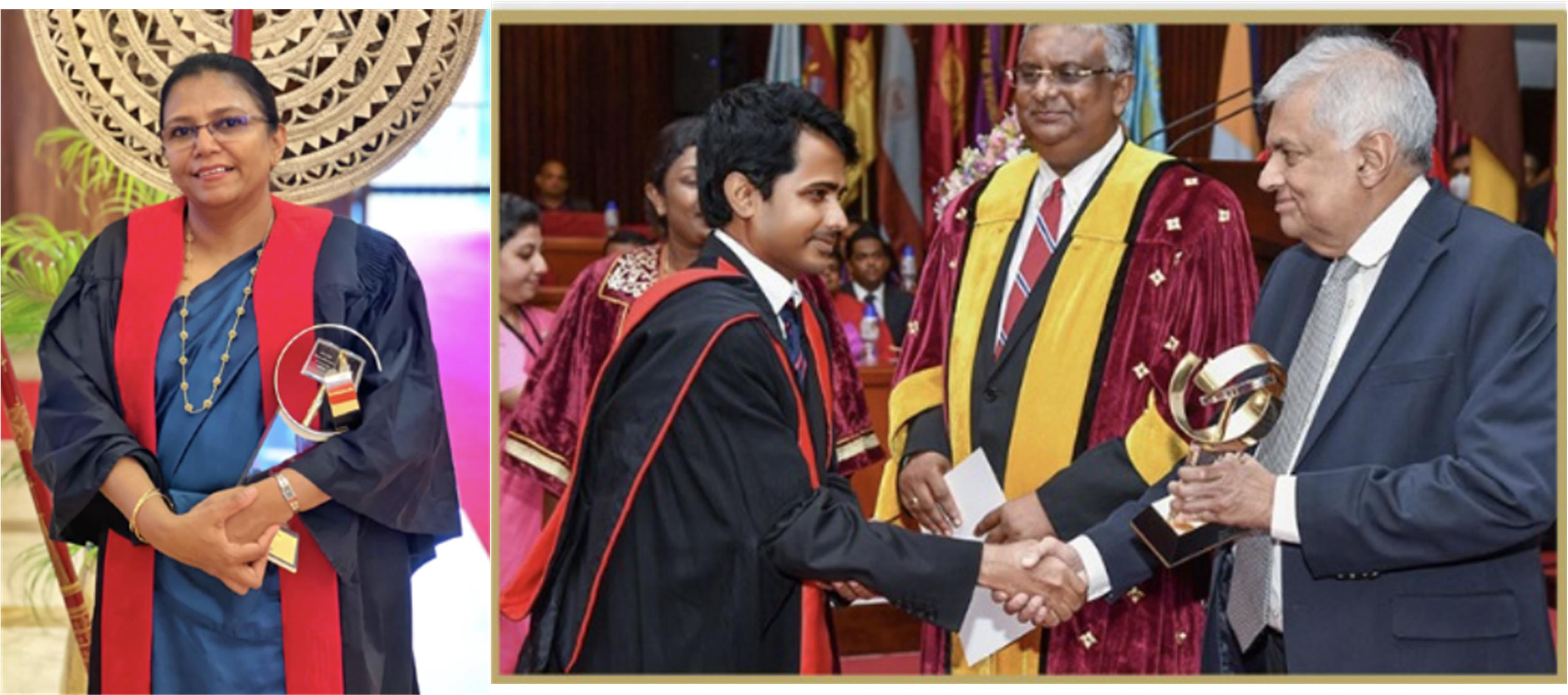
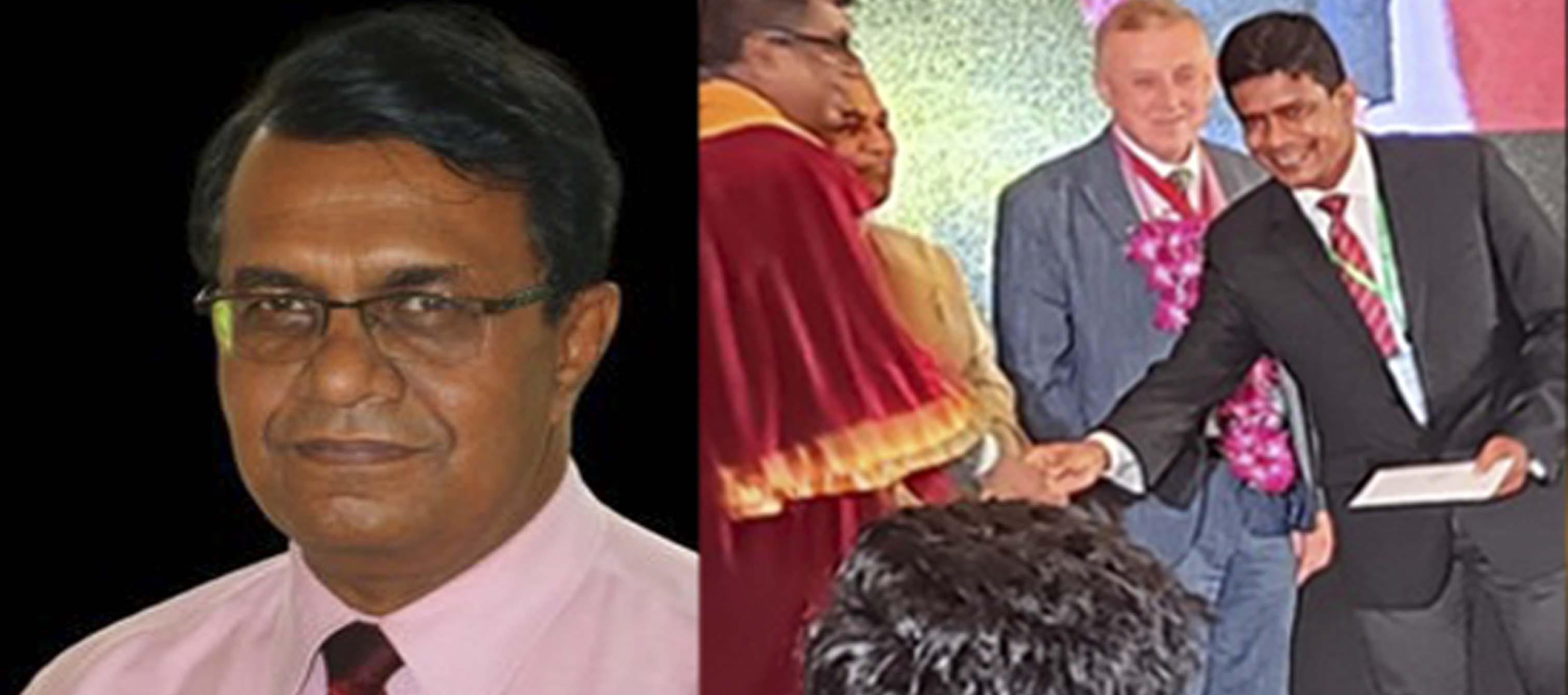
If you're looking for random paragraphs, you've come to the right place. When a random word or a random sentence isn't quite enough, the next logical step is to find a random paragraph. We created the Random Paragraph Generator with you in mind. The process is quite simple.
If you're looking for random paragraphs, you've come to the right place. When a random word or a random sentence isn't quite enough, the next logical step is to find a random paragraph. We created the Random Paragraph Generator with you in mind. The process is quite simple.